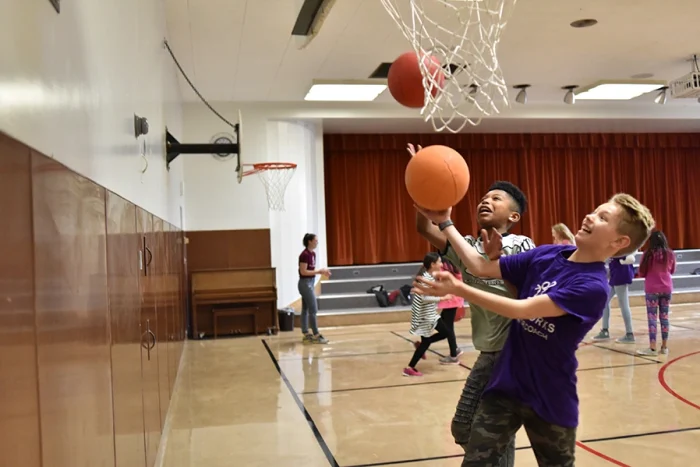21 basketball, also known as Cutthroat, is a popular pickup game designed to challenge players in scoring, rebounding, and shooting under pressure. It’s perfect for small groups, as it requires only two or more players. Here’s a complete guide on how to play 21 basketball, including the rules, scoring system, and tips for success.
What You Need to Play 21 Basketball

- A basketball
- A hoop
- Two or more players
Objective of the Game
The goal of 21 basketball is to be the first player to score exactly 21 points. The game combines elements of individual skill, one-on-one play, and free throws.
Basic Rules of 21 Basketball
- Starting the Game
- Decide who goes first by shooting free throws, flipping a coin, or any other method.
- The game starts with one player taking a shot from anywhere on the court.
- Scoring Points
- Made field goals are worth 2 points if inside the three-point line and 3 points if beyond it.
- After scoring, the shooter goes to the free-throw line for up to three free throws.
- Each successful free throw is worth 1 point.
- Continuing Play After Misses
- If the shooter misses a free throw, the ball is live. The first player to grab the rebound gains possession.
- Rebounding often leads to one-on-one or two-on-one scenarios.
- Exact 21 Rule
- A player must score exactly 21 points to win.
- If a player’s score exceeds 21 (e.g., they have 20 points and make a 3-pointer), their score is reduced to 15 points, and they must try again.
- No Teams
- In 21 basketball, every player competes individually. There are no teams, and everyone plays against everyone else.
- Fouls
- Fouls are usually called by mutual agreement. Excessive contact or unfair play may lead to a penalty or the fouled player retaining possession.
- Winning the Game
- The first player to score exactly 21 points wins. If a game-ending scenario is disputed, players may agree to settle it with a final free throw or additional possession.
Also Read: Basketball Shooting Games
Variations of 21 Basketball

- Two-Shot Limit
- Players only get two free throws after making a field goal, instead of three.
- Elimination
- If a player’s score exceeds 21, they are temporarily eliminated and must wait until the next round to re-enter.
- No Free Throws
- Free throws are skipped entirely, and play resumes immediately after each field goal.
- One-on-One Option
- Instead of free throws, players engage in a quick one-on-one possession after making a field goal.
Tips and Strategies to Win at 21 Basketball
- Focus on Rebounding
- Aggressive rebounding is critical, as it provides additional scoring opportunities.
- Take High-Percentage Shots
- Prioritize shots you’re confident in making, especially as you approach 21 points.
- Play Smart Defense
- Contest shots without fouling and position yourself well for rebounds.
- Manage Your Score
- Be mindful of the exact 21-point rule and avoid exceeding the target score.
- Conditioning and Stamina
- 21 basketball can be physically demanding, especially with multiple players. Stay active and ready to react quickly.
Why Play 21 Basketball?
- Enhances shooting skills and accuracy.
- Builds confidence in one-on-one scenarios.
- Improves rebounding and defensive positioning.
- Provides a fun and competitive workout.
FAQs About 21 Basketball
How many players can play 21 basketball?
21 basketball is typically played with 2-6 players but works best with 3-4 for optimal competitiveness and flow.
What happens if my score exceeds 21?
If your score exceeds 21, it resets to 15, and you must work your way back to 21.
Can 21 basketball be played with teams?
The traditional format is individual, but variations with teams can be played by adjusting the rules.
What skills does 21 basketball improve?
It improves shooting accuracy, rebounding, decision-making, and defensive skills.
Can I play 21 basketball alone?
While traditionally played with others, you can simulate the game solo by practicing shooting, free throws, and rebounding drills.







